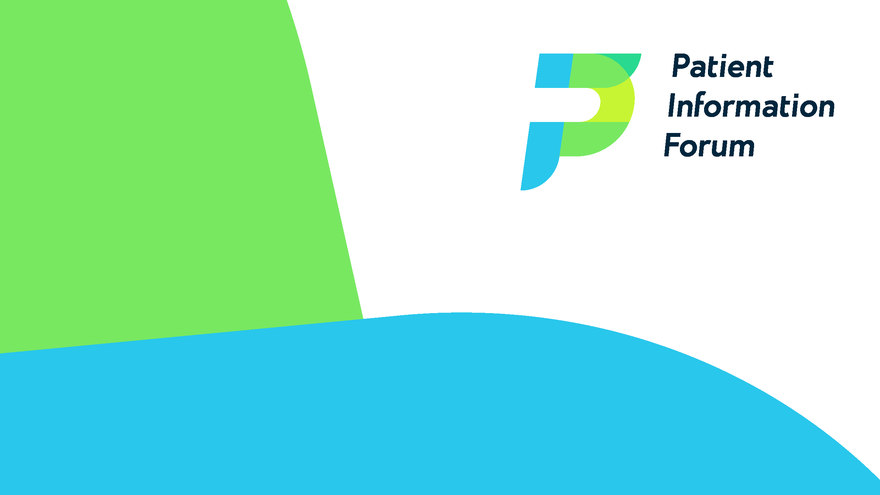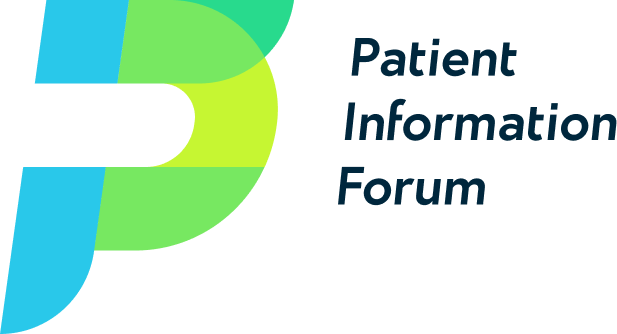
Web accessibility – a quick guide
This guide provides practical support to help make sure health information websites are accessible to all. It offers guidance based on guidelines set by the World Accessibility Initiative (WAI).
PIF’s Health and Digital Literacy Survey report, published in October 2020, made 10 recommendations to help overcome the health and digital literacy challenges faced by the UK population. A central recommendation was to ensure health websites met WCAG 2.1 global accessibility guidelines. In summary, this meant organisations should:
- Ensure every element of the website is easy to find
- Ensure the website is fully operable
- Ensure the content of the website is easy to understand
- Ensure the website can be accessed from different devices and browsers
- Ensure digital content is accessible to all audiences
- Learn best practice from other organisations across various industries.
Organisations providing NHS or publicly-funded care must meet the Accessible Information Standard. It is good practice for other organisations to meet this standard.
Since the original guide was published in 2021 WCAG 2.2 guidelines have been released. We have also repeated our Health and Digital Literacy Survey. A core recommendation was for all organisations to consider the equalities impact of digital tools.
Accessibility is built into the PIF TICK criteria for trusted health information.
A working draft of WCAG 3 guidance was released in July 2023. WCAG 3 will explain how to make the web more accessible to people with disabilities. WCAG 3 applies to web content, apps, tools, publishing, and emerging technologies on the web.
This guide was developed in collaboration with accessibility specialist and long-standing PIF partner TextHelp.
This guide supports the following PIF TICK criteria:
- 6.0 Health inequalities: Information is written to meet health and digital literacy, language and accessibility needs of the target audience.
- 7.0 Content and design: Information is clearly communicated, easy to access and navigate.
Originally published May 2021. Last updated September 2023. Next update due September 2026.
Please login or join us to view the complete guide
How you create your patient information matters. Do it together with PIF.
Join PIF or apply for PIF TICK certification today to get unlimited access to PIF's resources, expert advice and support services.
